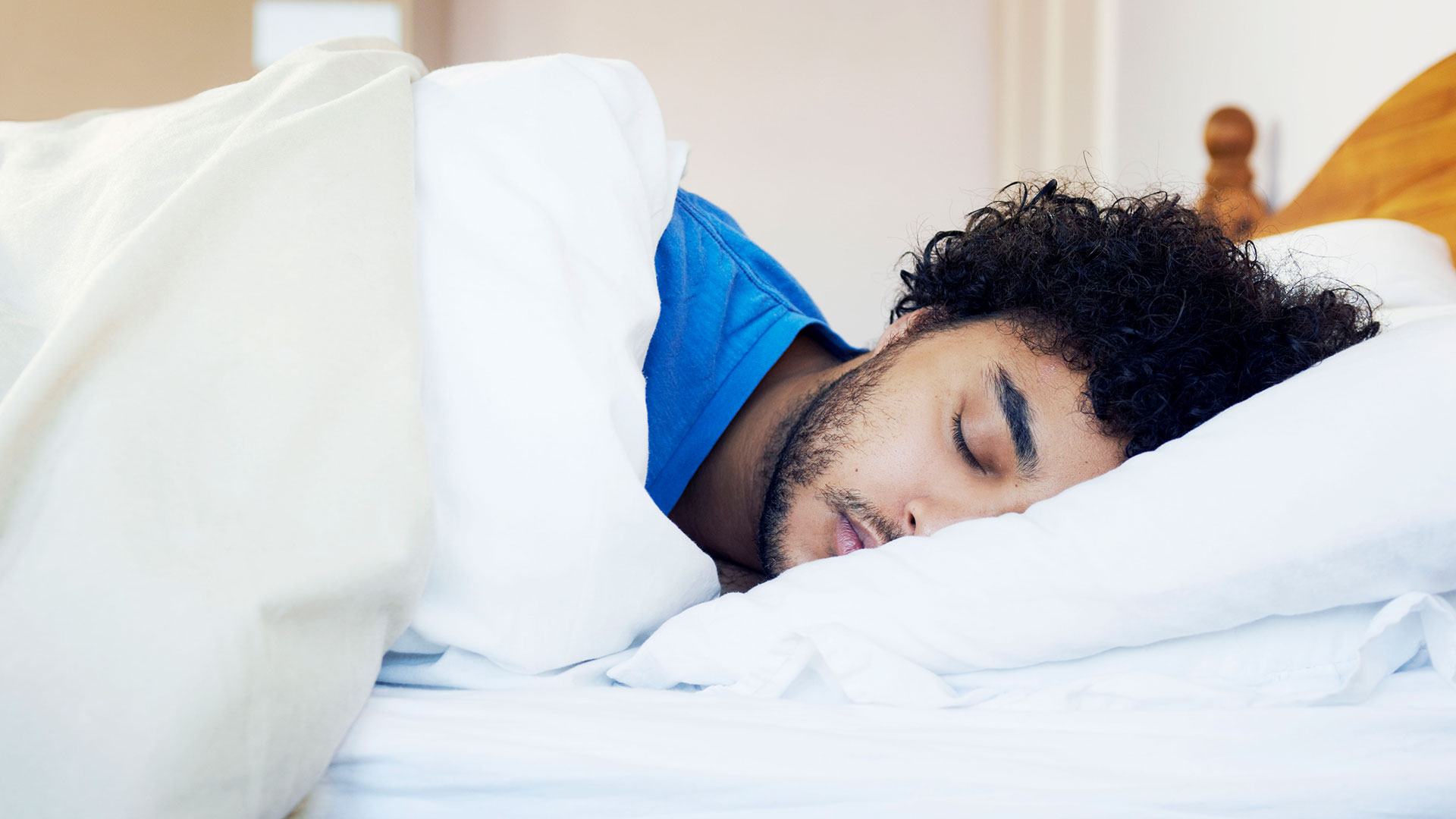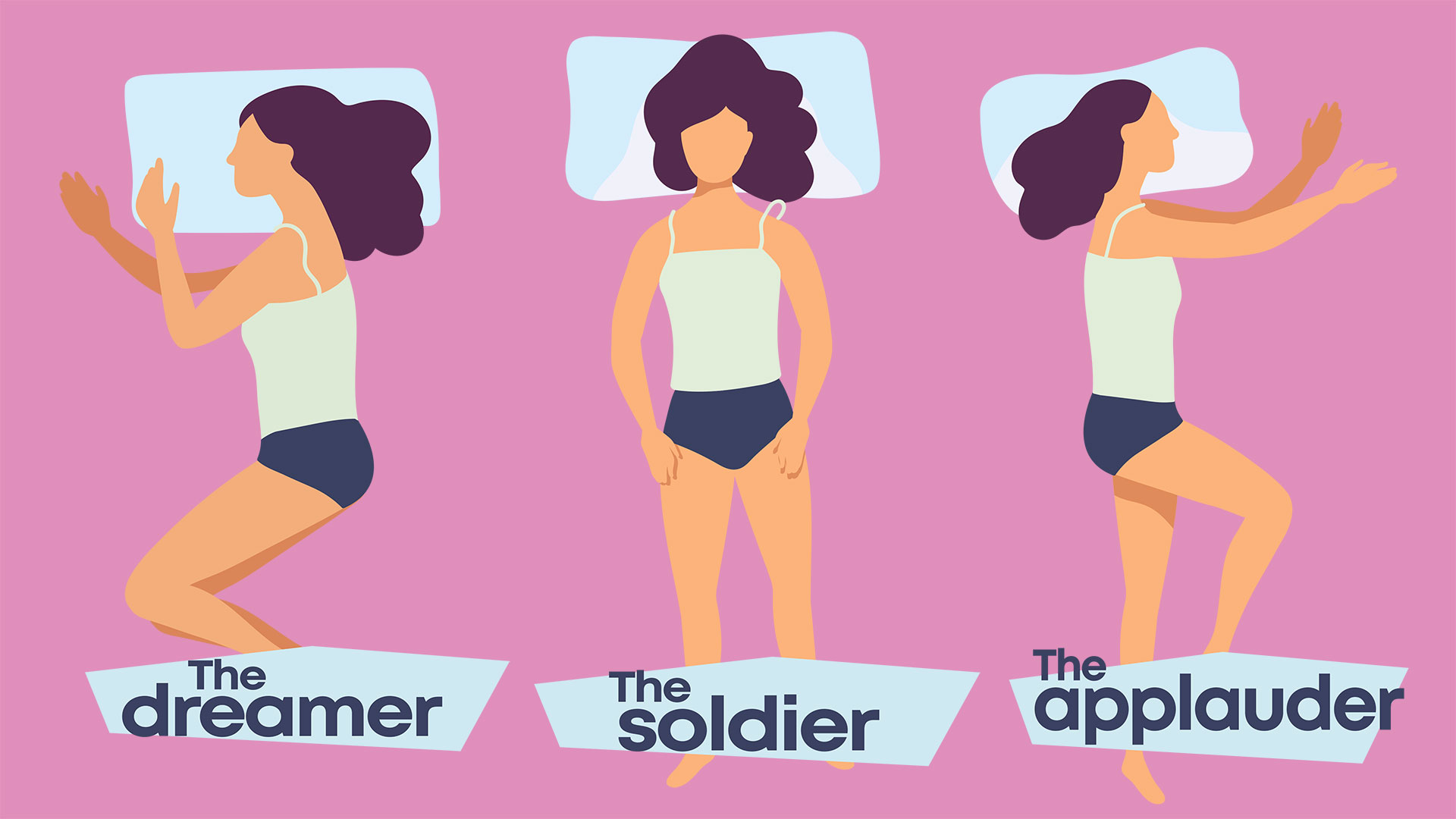3 easy ways to optimise your sleep for better posture and fast recovery
Boost recovery times with literally zero effort


We spend a lot of time and money on recovery and 'good posture' kit during waking hours. You've probably got a special ergonomically designed chair at work, and maybe you've invested in a standing desk. If you do a lot of sport, perhaps you've got a pricey massage gun at home, or at very least a foam roller.
But we're missing a trick: all those hours we spend sleeping could be used to help posture and promote recovery, with almost zero effort required. That's according to sleep posture specialist James Leinhardt, anyway. We caught up with him to find out about how we could be using our sleep time more effectively.
James runs mattress and pillow company Levitex, but has also been working in the healthcare industry for a decade, helping the critically injured and chronically ill by way of improving their in-bed posture.
The takeaways from helping those serious medical issues, he tells us, can be used to help everyone, be it athletes who need to focus on recovering from pushing their bodies to the limit, someone struggling to rid themselves of aches and pains after recovering from a bad cold or flu, or just your average computer-based worker whose WFH desk setup is giving them a sore neck.
"[My aim is to] find an evidence-based route to really using sleep as a time for treatment rather than just something we do because we need to sleep," he explains. "Sleep posture is the single most important intervention that no one ever talks about. Ever."
So how can you use your sleep time to help your body recover from the stresses of the day? Here are three tips.
1. Get the right sleep posture
First up, consider your sleeping position. There are good and bad positions to sleep in. The optimum position is on your side with your hips and shoulders stacked, in a position Levitex calls 'the Dreamer'. You should also, ideally, alternate the side you're sleeping on.
Get all the latest news, reviews, deals and buying guides on gorgeous tech, home and active products from the T3 experts
Lying on your back, for example in 'the Soldier', is also fine, but lying on your stomach is not, because that requires you to twist your neck all the way round, putting pressure into it.
The key thing is to ensure you have a neutral resting spine, which means that while you're asleep, the muscles around the spine and neck are fully supported and don't have to work. If you sleep with a twisted spine, as in the 'Applauder' position, your muscles are extended for long periods of time. And because your muscles are constantly working to maintain that twisted position, you don't really get a quality night's sleep. If you're struggling to keep your knees stacked overnight, try this pillow trick.

2. Make sure your head's properly supported
Another key aspect in keeping the neutral spine alignment is to ensure your neck and head are supported properly, says James. Your pillow should fill the space between your earlobe and your scapula (shoulder blade) if you're lying on your side, so that your head isn't tilted upwards or downwards. Rope someone in to look at your lying position from behind, if you're not sure.
If you're lying on your back, you need something that won't push your head too far forward, nor too far back and which accommodates the curvature of your head. If you've not got sufficient support, eventually your head will roll to one side. "Cradled enough that you're not too far forward, and you certainly don't want to be sinking in," is how James puts it.
Levitex makes different sized pillows that are designed to suit different body shapes, so you can pick the size that fits you perfectly. Alternatively, you'll find T3's recommendations in our best pillow guide (we're in the middle of testing out the Lexitex pillow at the moment, so you won't find it there yet).
3. Don't pick a mattress that's too soft
Once you've got your sleep posture and pillow sorted, it's time to turn your attention to your mattress. The key thing here is that it shouldn't be too soft. James uses the metaphor of someone sleeping on top of a tree in the wind. When the wind blows you tense up because you're about to fall out. The same bodily reaction occurs if what you're lying on has no stability.
"If you're lying on something soft … then your muscle fibres are active, your proprioceptors are saying 'Guys, get ready, we're about to fall out of the tree here. Let's be ready for that.' So they never have any sleep, if you like," he explains. "Your mind switches off but your muscles are active through the night."
Ideally, you want enough softness to keep you comfy but still provide some pushback. "That sink gives us our proprioceptor feedback, it tells us where we are in space, and that we're safe and secure and stable. And at that point our muscle fibres can switch off."
Levitex has a mattress you can check out, or head to our best mattress guide for our top picks.
James' particular bug-bear is memory foam, because it's designed to mould to your shape, which means if you're slumped over a desk all day, it'll be promoting that shape all night, too. "You do not want to remember your daytime postures," he says. "What do you want to remember them for?"

Ruth was T3's Outdoors and Wellness Editor from 2020 to 2022, covering hiking, camping and adventure sports kit, as well as mattresses, sleep accessories, yoga and general wellness. She's now a Homes Editor at sister site TechRadar, where she deals in all things air (vacuum cleaners, robovacs, fans and air purifiers), and hair (hair dryers, straighteners and stylers).